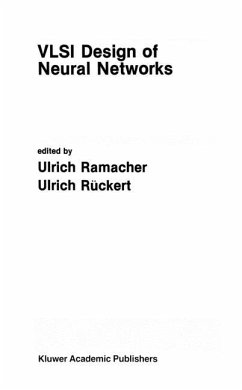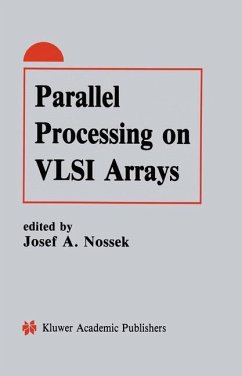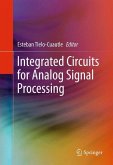The early era of neural network hardware design (starting at 1985) was mainly technology driven. Designers used almost exclusively analog signal processing concepts for the recall mode. Learning was deemed not to cause a problem because the number of implementable synapses was still so low that the determination of weights and thresholds could be left to conventional computers. Instead, designers tried to directly map neural parallelity into hardware. The architectural concepts were accordingly simple and produced the so called interconnection problem which, in turn, made many engineers believe it could be solved by optical implementation in adequate fashion only. Furthermore, the inherent fault-tolerance and limited computation accuracy of neural networks were claimed to justify that little effort is to be spend on careful design, but most effort be put on technology issues. As a result, it was almost impossible to predict whether an electronic neural network would function in the way it was simulated to do. This limited the use of the first neuro-chips for further experimentation, not to mention that real-world applications called for much more synapses than could be implemented on a single chip at that time. Meanwhile matters have matured. It is recognized that isolated definition of the effort of analog multiplication, for instance, would be just as inappropriate on the part ofthe chip designer as determination of the weights by simulation, without allowing for the computing accuracy that can be achieved, on the part of the user.








